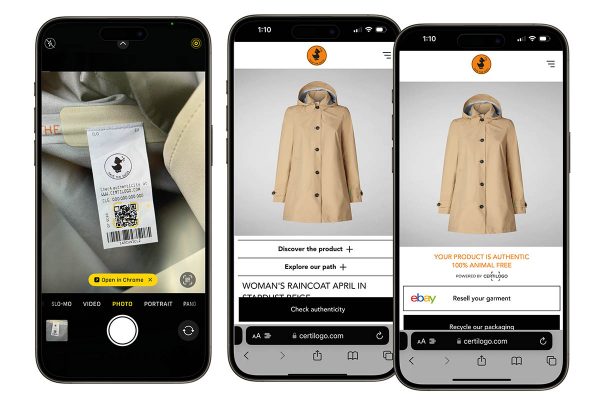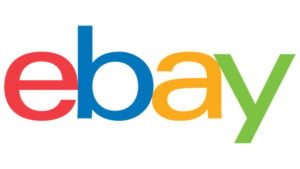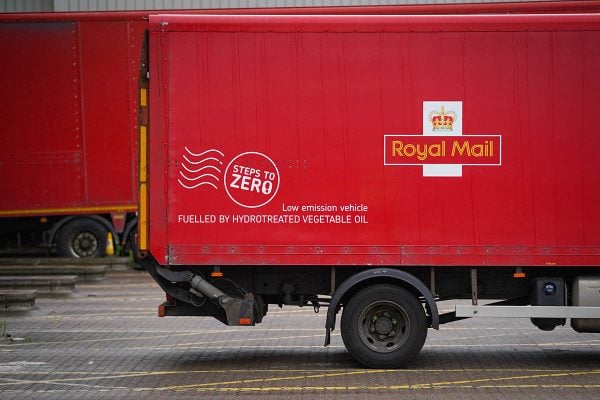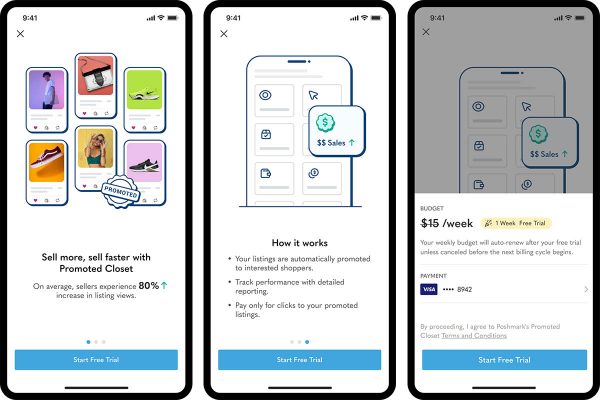 Julia Priddle is Head of Account Management, EMEA at ChannelAdvisor. Since joining ChannelAdvisor in 2006, Julia has overseen the management of key corporate and SME accounts using multichannel and digital marketing strategies. Prior to ChannelAdvisor, Julia worked at both eBay and Marketworks. With 14 years’ experience in e-commerce, Julia has an extensive knowledge of the retail industry and is particularly interested in multichannel selling and cross-border trade.
Julia Priddle is Head of Account Management, EMEA at ChannelAdvisor. Since joining ChannelAdvisor in 2006, Julia has overseen the management of key corporate and SME accounts using multichannel and digital marketing strategies. Prior to ChannelAdvisor, Julia worked at both eBay and Marketworks. With 14 years’ experience in e-commerce, Julia has an extensive knowledge of the retail industry and is particularly interested in multichannel selling and cross-border trade.
Today Julia has shared her knowledge of picture standards for eBay Amazon and Google so that you can ensure if you’re editing pictures you’ll only have to do it once for all platforms you’re likely to trade on:
New product image requirements on Amazon, eBay & Google – Advice from ChannelAdvisor
Amazon, eBay and Google Shopping have all recently announced a new set of upgrades to their respective image requirements that, if not followed, could result in retailers’ products not being listed. The changes have been sparked by a trend that involves consumers looking to digest mass quantities of content through large and clean imagery. Marketplaces like Amazon, eBay and Google Shopping are looking towards an improved customer experience allowing users to zoom in on images rather than simply viewing them at different angles.
Each marketplace has individual updates to image requirements and it’s important to be aware of them so retailers can avoid being penalised and continue to sell on their respective chosen site. Julia Priddle, Head of Account Management, EMEA at ChannelAdvisor outlines the new requirements for each marketplace as well as how a retailer can comply with them.
Amazon
 New requirements have been put into place in July 2013 that will affect retailers selling through the marketplace. Amazon will suppress from search and browse any listings in the EU marketplaces that are missing a main image, with exception of media such as books and DVDs, automotive and auto parts, industrial and scientific and trading cards.
New requirements have been put into place in July 2013 that will affect retailers selling through the marketplace. Amazon will suppress from search and browse any listings in the EU marketplaces that are missing a main image, with exception of media such as books and DVDs, automotive and auto parts, industrial and scientific and trading cards.
The listings that are suppressed will be visible in the retailer’s seller account and accessible via Manage Inventory so that retailers can easily identify those with missing images and resolve the error. Products will begin to show in search results when an appropriate image following Amazon’s guidelines is uploaded. The suppressed listings will still be visible to customers but only if they navigate directly to the listing via product code.
According to research from Amazon, images improve the experience for customers as it is easier for customers to find, evaluate and purchase products.
Amazon states that images must accurately represent the actual product for sale with minimal or no propping and must not show excluded accessories, props that may confuse the consumer, text that is not a part of the product or any inset images, watermarks or logos. In keeping with the trend for large and clean imagery, Amazon requires products to fill 85% or more of the image and the picture must be a minimum of 500 pixels in either height or width as this enables the zoom function. All Amazon images must have a completely white background as it blends in with the search and item detail pages.
To ensure retailers are adhering to these requirements, sites such as Remove the Background can help retailers who do not have in-house resources to create images with white backgrounds.
eBay
 By Autumn 2013, new requirements for images on eBay will be impacting retailers worldwide. Similar to Amazon, eBay will require the size of the image to be at least 500 pixels on the longest side with excess decoration removed. However, eBay will permit the use of watermarks for attribution purposes. In addition to this, eBay is restricting the use of stock images from the eBay Catalogue for used items. While a stock image can be used for second-hand items, it cannot be the primary image representing the item for sale. Items in Books, Movies, Music and Video Game categories are exempt from this particular restriction, however, Video Game Consoles must adhere to it. Finally, all listings must have an image, with categories such as tickets as the only exceptions.
By Autumn 2013, new requirements for images on eBay will be impacting retailers worldwide. Similar to Amazon, eBay will require the size of the image to be at least 500 pixels on the longest side with excess decoration removed. However, eBay will permit the use of watermarks for attribution purposes. In addition to this, eBay is restricting the use of stock images from the eBay Catalogue for used items. While a stock image can be used for second-hand items, it cannot be the primary image representing the item for sale. Items in Books, Movies, Music and Video Game categories are exempt from this particular restriction, however, Video Game Consoles must adhere to it. Finally, all listings must have an image, with categories such as tickets as the only exceptions.
Retailers should review any product listings and images to ensure they are compliant with eBay’s new requirements prior to the enforcement in Autumn 2013.
Google Shopping
 Google has now recommended that retailers use images of at least 800 pixels so they are clearer on high-resolution displays. While there are software solutions available that will increase the size of images, it may affect the quality. Retailers are advised to re-take images to a high-resolution so that if this recommendation from Google were to ever become a requirement, sellers are prepared.
Google has now recommended that retailers use images of at least 800 pixels so they are clearer on high-resolution displays. While there are software solutions available that will increase the size of images, it may affect the quality. Retailers are advised to re-take images to a high-resolution so that if this recommendation from Google were to ever become a requirement, sellers are prepared.
These channels all require the use of high-resolution, clean photography as consumer demand calls for more detailed images, meaning these criteria must now become part of a retailer’s e-commerce strategy. It is considered best practise to ensure products are photographed with high standards to appear well presented and retailers that comply with this standard early will be ready should requirements shift further. By making such changes, retailers will be well-placed to reap the rewards offered by these channels.










